
This article originally appeared in the May/June 2018 issue of Museum magazine.
Whether they recognize it or not, museum professionals are engaged in implementing the 1954 Hague Convention in their everyday work.
When a museum creates an emergency plan, when the staff meets to prioritize objects for evacuation, and when the registrar’s office produces a complete digital catalog of the collection, museum employees are implementing essential components of this important international law for protecting museums and their collections. The 1954 Hague Convention requires countries to safeguard cultural heritage during times of peace. So deeply is this goal integrated into our field’s practices, the role of this international law often goes unmentioned.
When a museum creates an emergency plan, when the staff meets to prioritize objects for evacuation, and when the registrar’s office produces a complete digital catalog of the collection, museum employees are implementing essential components of this important international law for protecting museums and their collections. The 1954 Hague Convention requires countries to safeguard cultural heritage during times of peace. So deeply is this goal integrated into our field’s practices, the role of this international law often goes unmentioned.
Background on the 1954 Hague Convention
Skip over related stories to continue reading articleThe 1954 Hague Convention, known formally as the Convention for the Protection of Cultural Property in the Event of Armed Conflict, is the first international treaty focused on the protection of cultural heritage during times of war. Its genesis was in the wartime experience of the Monuments, Fine Arts, and Archives Team (MFAA), more commonly known as the Venus Fixers or Monuments Men, which was established by the United States and its allies to protect cultural heritage sites during World War II. This small cadre of military heritage professionals, most already serving in uniform, provided maps of important European cultural sites to avoid targeting, stabilized damaged historic buildings as they encountered them, and restituted thousands of Nazi-looted works of art. Today, the museum community knows the MFAA’s work through several scholarly books and even a movie starring George Clooney, Matt Damon, and Cate Blanchett.
The MFAA’s formula for success is reflected in the 1954 Hague Convention’s text. Certain categories of movable and immovable cultural property are off-limits to harm or pillage: monuments; historic architecture; archaeological sites; works of art, manuscripts, books, and other objects of artistic, historical, or archaeological interest; and scientific collections regardless of their origin or ownership. Buildings that house collections, such as museums, are protected sites as well. Military personnel must take note of their location and avoid damaging them during military operations, except in certain cases of imperative military necessity.
State parties must make an effort at protection not only during conflict (when it is usually too late), but also in peacetime. A country is obliged to create lists of important cultural sites and their geospatial coordinates; provide training to the military about how to respect cultural heritage; and consider marking cultural sites with the Blue Shield, the international symbol for the protection of cultural property.
Developing emergency plans and maintaining complete collections inventories are also critical ways—and best practices within the museum profession—to meet the 1954 Hague Convention’s mandate to safeguard cultural property during peacetime. Heritage professionals involved in this work are protected under international law, just like other humanitarian workers.
How the US Handles Cultural Property Protection
In the United States, domestic heritage protection efforts are more attuned to emergencies, such as hurricanes, fires, floods, and earthquakes, than to conflict. When such a crisis occurs, the Heritage Emergency National Task Force (HENTF) convenes. HENTF, co-sponsored by the Federal Emergency Management Agency and the Smithsonian Institution, is a network of more than 50 federal agencies and national service organizations working to protect cultural heritage in US states, tribes, territories, and local communities from the damaging effects of natural disasters and other emergencies. Its primary function is to coordinate crisis communication and response across the network to provide a more effective response for affected institutions and their staff.
International protection for cultural heritage is a different matter. There is great interest within the US government and among US heritage professionals in assisting the museum community abroad. When the US Senate ratified the 1954 Hague Convention in 2009, it did so without additional implementing legislation or guidance. The 2013 destruction of cultural heritage by Islamic extremist groups in Mali, including some of the famous Timbuktu manuscripts and saints’ mausoleums, along with the damage to cultural sites in the Syrian conflict, raised questions in Congress about how the United States was handling its own 1954 Hague Convention responsibilities.
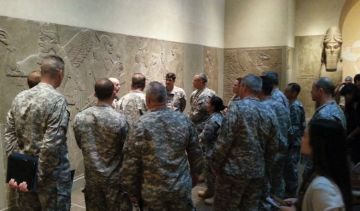
Representative Eliot Engel (D-NY), the ranking member of the House Committee on Foreign Affairs (HFA), led the charge. After Engel enlisted the support of committee chair Edward Royce (RCA), the two congressmen introduced the Protect and Preserve International Cultural Property Act (PPICPA), which passed with strong bipartisan support in 2016. Harking back to earlier efforts in World War II, PPICPA aimed to establish a formal mechanism through which US government agencies, heritage professionals, and the academic community could better coordinate to protect cultural heritage in conflict and other crises.
As its centerpiece, PPICPA calls for the creation of an interagency coordinating committee, chaired by an assistant secretary at the US Department of State, which would include the participation of arts, cultural, and academic institutions, such as the Smithsonian, and key nonprofit organizations, such as the US Committee of the Blue Shield. The State Department formalized the Cultural Heritage Coordinating Committee (CHCC) shortly after PPICPA passed.
Almost two years later, the CHCC includes several government agencies, including the US Department of Defense, Department of Homeland Security, Department of Justice, Department of the Interior, and the Smithsonian (which is a federal trust instrumentality). However, museums, universities, and other nongovernmental groups do not yet have
a presence. The Partnerships and Public Awareness Working Group, chaired by Richard Kurin, the Smithsonian distinguished scholar and ambassador-at-large, is working to incorporate the US museum community more fully.
The CHCC also includes the Cultural Antiquities Task Force, which coordinates on law enforcement training and other
programs related to preventing illicit cultural property trafficking, and the Technology Working Group, which aims to improve information-sharing between law enforcement, other agencies, and heritage professionals.
In 2016 and 2017, the Government Accountability Office provided reports to Congress on US efforts to protect Iraqi and Syrian cultural property and cultural property internationally. The 2017 report recommended the CHCC further develop its goals, clarify participants’ roles and responsibilities, and document collaborative agreements in the CHCC and its working groups. In an important step, the National Defense Authorization Act of 2018 required the Secretary of Defense to appoint a coordinator for cultural heritage protection to work on implementing the 1954 Hague Convention and to coordinate efforts with the CHCC.
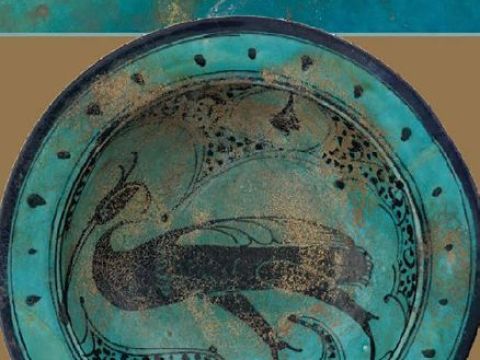
Museums in Action
Outside the CHCC, many museums are following the spirit of the 1954 Hague Convention. Some, for instance, are meeting the mandate by training US military personnel and today’s MFAA about cultural property protection. Over the past decade, the US Committee of the Blue Shield has partnered with the Smithsonian, the Metropolitan Museum of Art, the Getty, the Penn Museum, and others to train US Army and US Marine Corps personnel preparing to deploy overseas.
Anticipating the battle to retake Mosul from ISIS in 2016, the Smithsonian, the Penn Cultural Heritage Center at the Penn Museum, the Combatant Command Cultural Heritage Action Group, and the US Committee of the Blue Shield developed the Guide to Mosul Heritage, an illustrated, pocket training aid written in English, Arabic, and Kurdish. Thousands of copies were delivered to US military personnel in Erbil, Iraq, who were working with the Iraqi Army and Kurdish Peshmerga forces. In 2017, the same group prepared and distributed the Guide to Heritage in Raqqa and Deir ez-Zor, where military operations are underway.
Beyond training, US museums are also assisting our overseas colleagues who must now deal with cultural heritage destruction as part of their jobs.
- The Smithsonian and the US Department of State are working with the Iraqi Institute for the Conservation of Antiquities and Heritage and the Iraqi State Board of Antiquities and Heritage to salvage and preserve fragments from the ISIS-damaged archaeological site of Nimrud.
- Since 2013, the Smithsonian and the Penn Cultural Heritage Center have been working with Syrian colleagues in nongovernment-controlled areas of Syria on museum and archaeological site stabilization.
- The Metropolitan Museum of Art has been assisting museum professionals in Syria and Iraq with photo documentation and data storage, providing training and equipment.
- The Oriental Institute at the University of Chicago has partnered with the National Museum of Afghanistan in Kabul to document collections damaged by the Taliban and develop a collections inventory.
US museums are rising to the occasion, and these initial efforts can be amplified by other international efforts now underway.
The 1954 Hague Convention may seem like it applies solely to the military in the unfortunate and tragic case of war. While it places legal duties on the military, it also inspires a call to action inside and outside our museum walls. Its mandates have inspired the field’s professional ethics, which demand that the museum community take emergency planning and disaster preparedness seriously.
Moreover, it also encourages all of us to consider the well-being of our international colleagues as they care for their own collections. The collaborations that grow from these concerns represent the broader museum community’s sincere desire to be supportive and attentive to the protection of cultural heritage globally.
Corine Wegener is director of the Smithsonian Cultural Rescue Initiative in Washington, DC; board member of the International Council of Museums (ICOM) US; and chair of the ICOM Disaster Risk Management Committee. Brian I. Daniels is director of research and programs at the Penn Cultural Heritage Center at the University of Pennsylvania Museum of Archaeology and Anthropology.
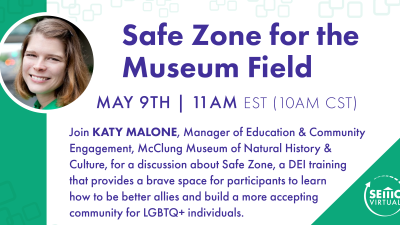
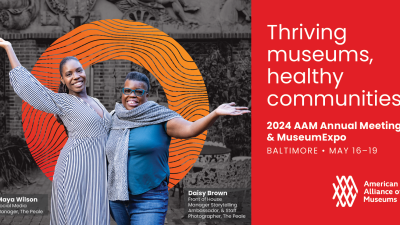



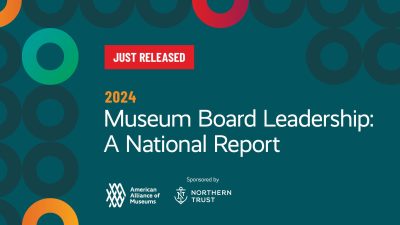
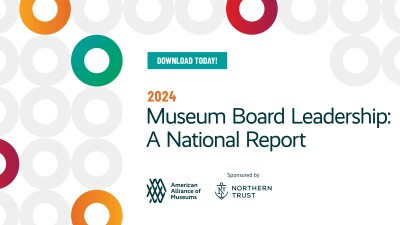

Comments